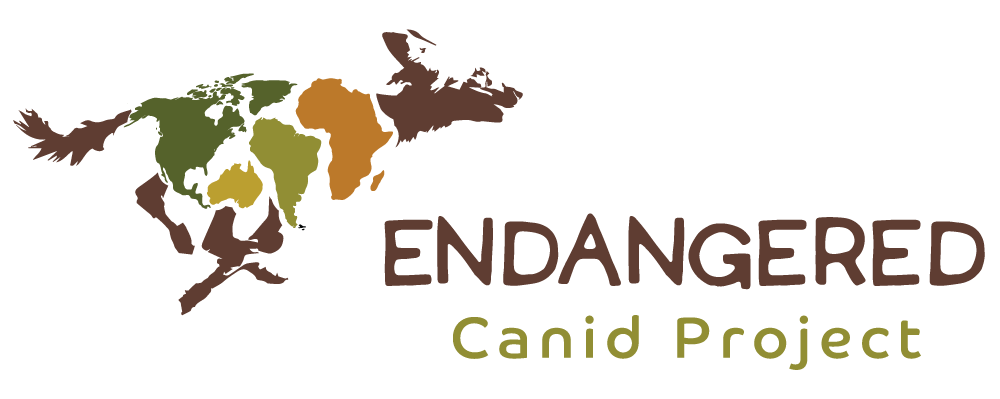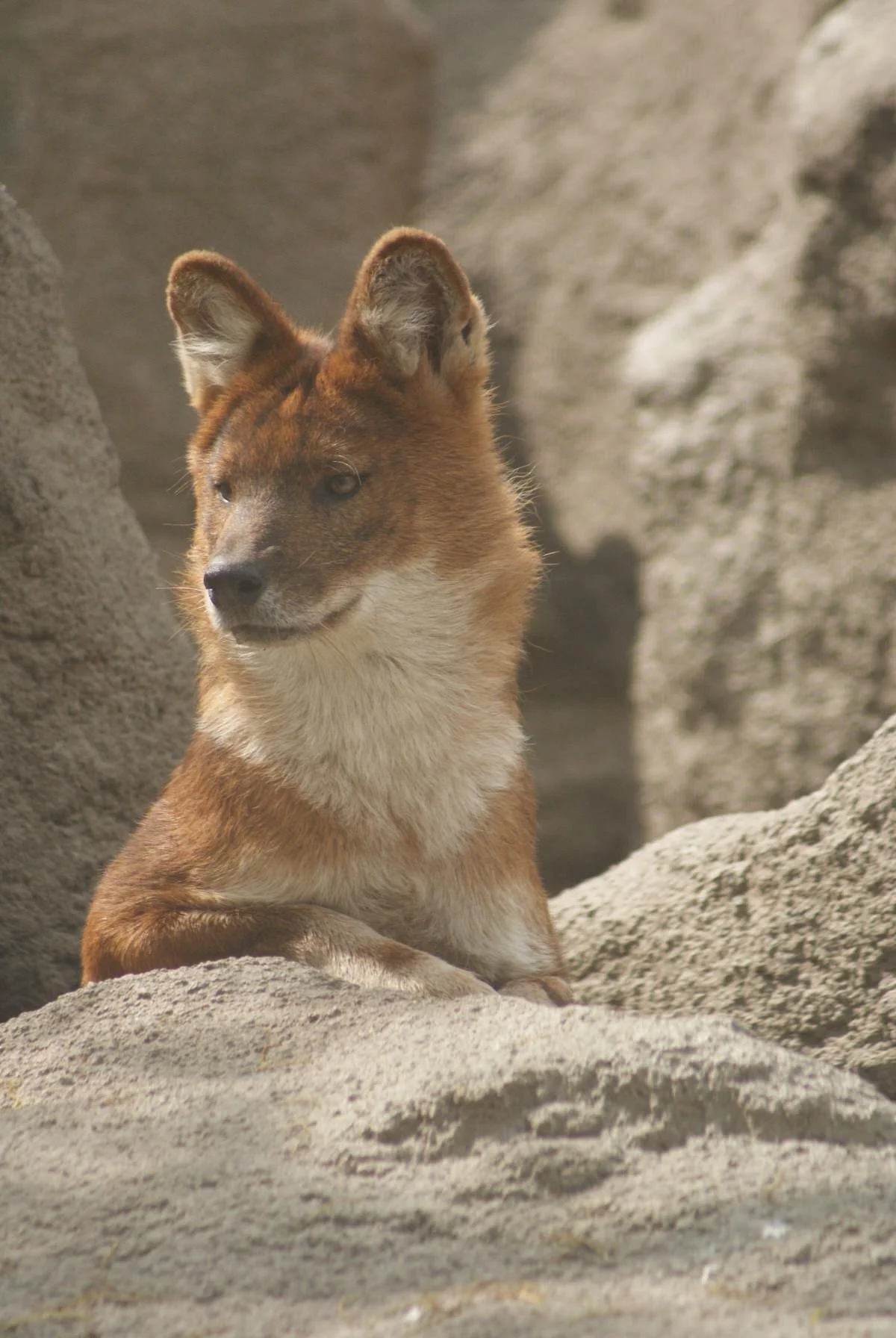DHOLE
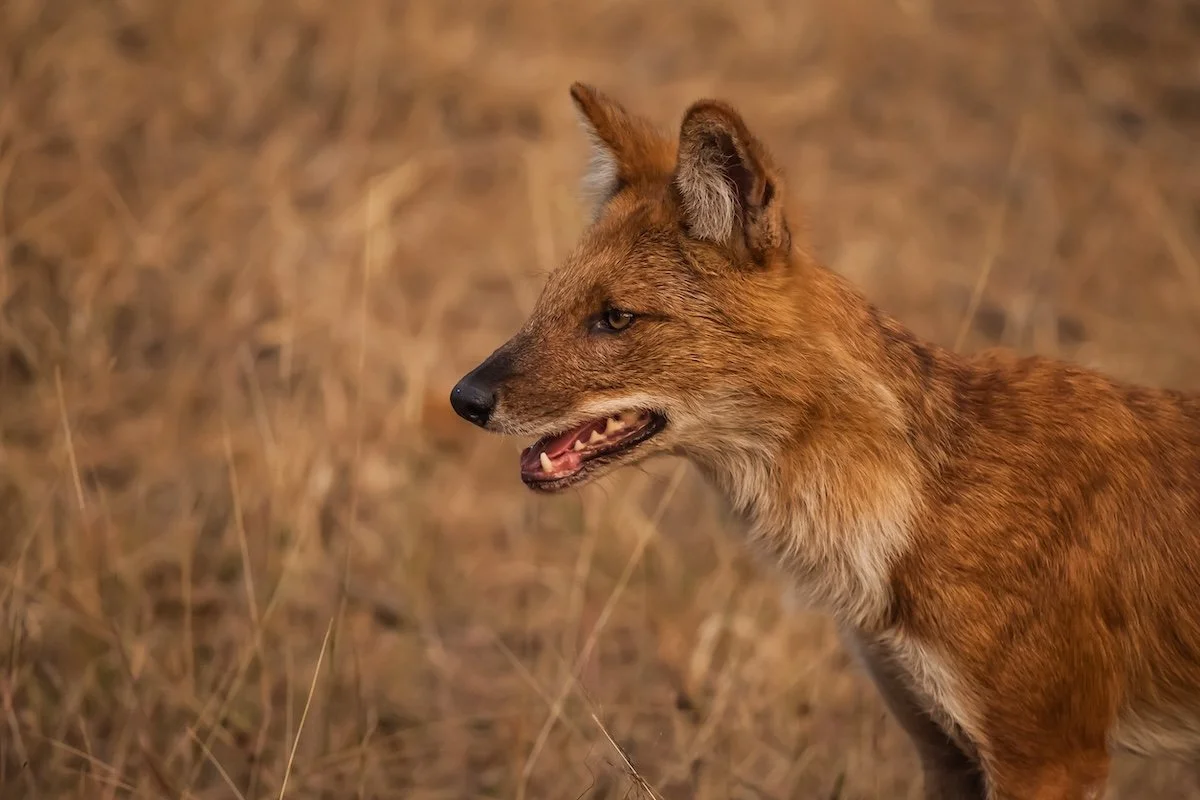
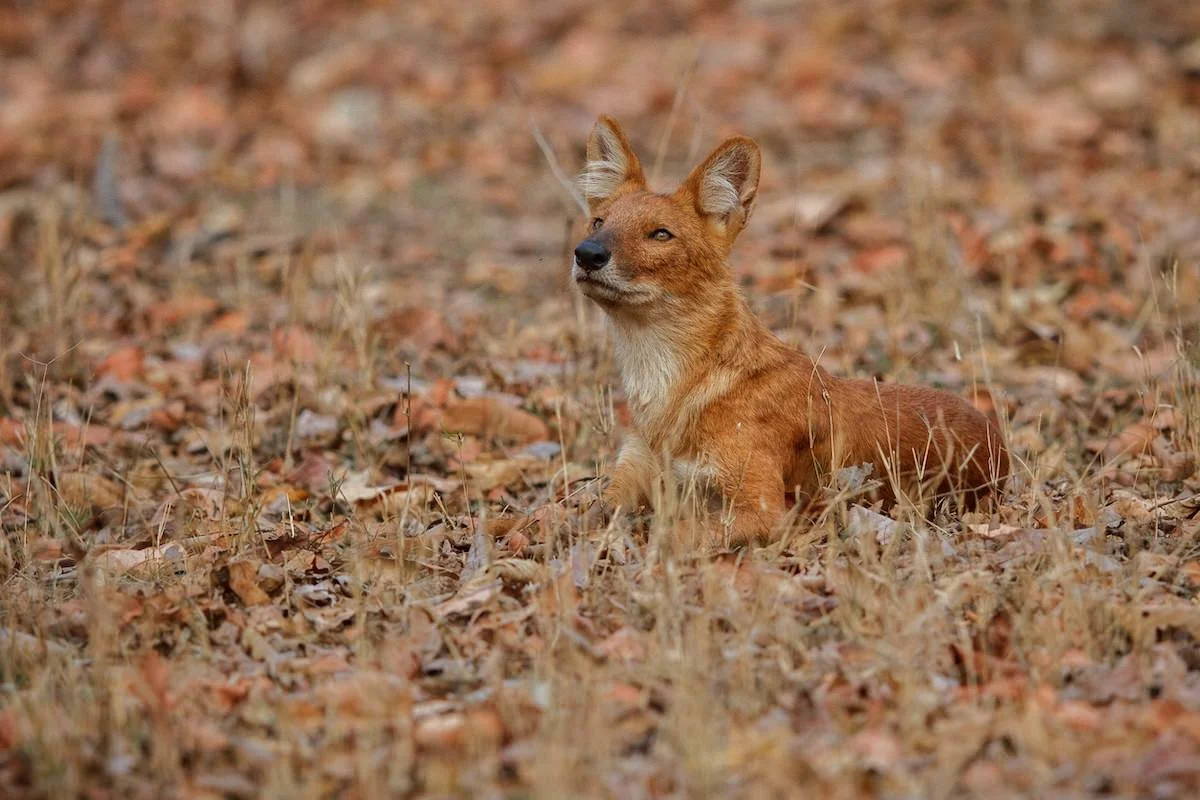
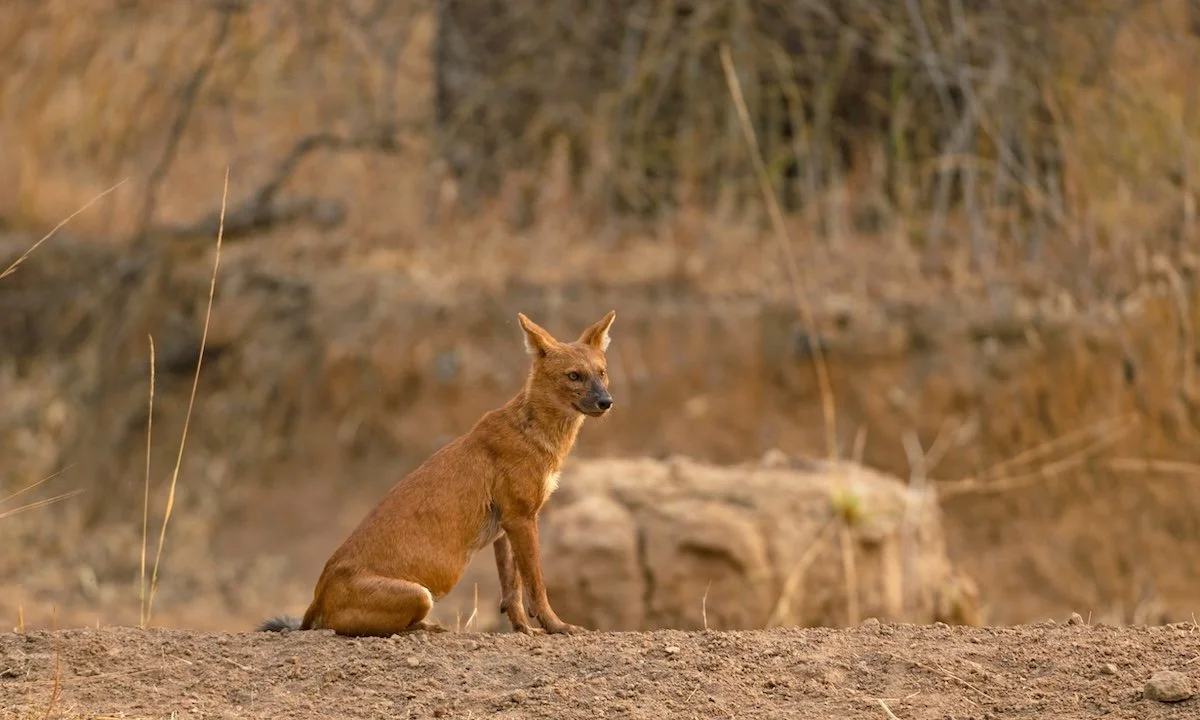
The Dhole: Asia's Whistling Hunter
The dhole (Cuon alpinus), also known as the Asiatic wild dog or red dog, is a fascinating yet lesser-known member of the canid family. Native to Central, South, and Southeast Asia, these social and intelligent animals play a crucial role in their ecosystems as apex predators. With their distinctive reddish-brown coats and unique vocalizations, dholes have long captured the interest of wildlife enthusiasts and researchers alike.
Dholes are medium-sized canids, typically weighing between 12-20 kg (26-44 lbs) and standing about 50 cm (20 inches) tall at the shoulder. Their most striking feature is their reddish-brown coat, which can vary in shade from light tan to deep russet. They have a bushy tail, often with a black tip, and large, rounded ears. Unlike many other canids, dholes have fewer teeth, with only two molars on each side of their lower jaw, an adaptation that allows for a more powerful bite relative to their size.
Historically, dholes ranged across much of Asia, from Siberia to Java. Today, their distribution is fragmented, with populations found in countries including India, Nepal, Bhutan, Bangladesh, and parts of Southeast Asia. They inhabit a variety of environments, from dense forests to open steppes and even alpine regions. This adaptability allows them to thrive in diverse landscapes, though they prefer areas with access to water and sufficient prey.
Pack Hunters: The Social
Lives of Dholes
Unlike many canids, dholes are highly social animals, living and hunting in packs that can number up to 40 individuals, though smaller groups of 5-12 are more common. They are skilled hunters, capable of taking down prey much larger than themselves, including deer, wild boar, and sometimes even larger animals like gaur or sambar. Their hunting strategy relies on stamina and teamwork, often chasing prey over long distances until it tires.
Dholes are also known for their unique vocalizations, which include whistles, screams, and yaps, earning them the nickname "whistling hunters." These sounds play a crucial role in pack communication during hunts and other social interactions.
Endangered Whistlers:
The Plight of the Dhole
The International Union for Conservation of Nature (IUCN) lists the dhole as Endangered. Their populations have been declining due to several factors, including habitat loss and fragmentation, depletion of prey base, competition with other predators, persecution by humans, and disease transmission from domestic dogs. It's estimated that fewer than 2,500 mature individuals remain in the wild, making conservation efforts crucial for their survival.
Conservation efforts for dholes involve a multi-faceted approach. These include habitat protection and restoration, particularly in key areas where dhole populations still thrive. Anti-poaching measures are crucial, both for dholes and their prey species. Community-based conservation programs aim to reduce human-wildlife conflict and increase local support for dhole protection. Research into dhole ecology, behavior, and population dynamics is ongoing, providing valuable information to guide conservation strategies.
Dhole Discoveries: Fascinating
Facts about Asia's Wild Dogs
Dholes have several interesting characteristics that set them apart from other canids. For instance, they are excellent swimmers and often hunt in water, unusual behavior for wild dogs. Unlike many canids, dholes lack dewclaws on their front legs. They have been observed exhibiting caring behaviors towards injured pack members, demonstrating a high level of social bonding. In some parts of their range, dholes coexist with tigers and leopards, navigating a complex predator hierarchy.
Whistling for the Future: The
Importance of Dhole Conservation
The dhole represents a unique and important part of Asia's biodiversity. As apex predators, they play a vital role in maintaining the balance of their ecosystems. By protecting dholes and their habitats, we also protect a wide range of other species that share their environments. Through continued conservation efforts, research, and public engagement, we can work towards ensuring a future where the whistle of the dhole continues to echo through Asia's forests and mountains.
